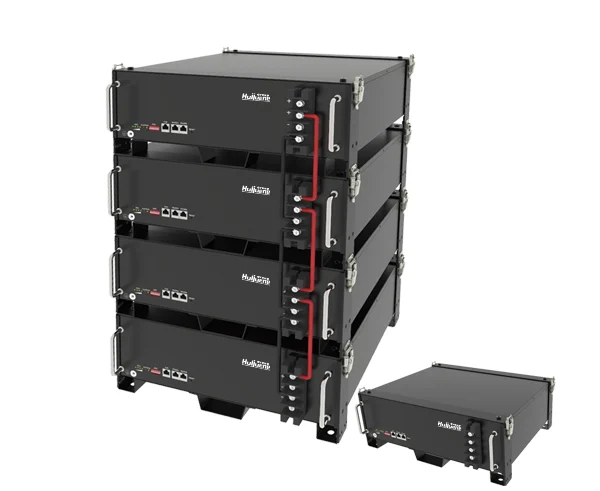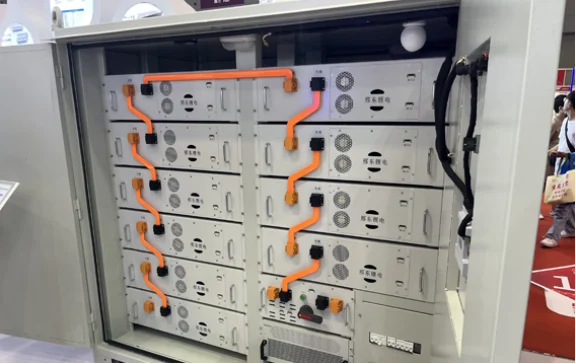2025-04-02
A recent Xiaomi SU7 fire was apparently caused by a battery thermal runaway, sparking a round of
safety debate. EV fires are frequent, but when they happen, they're serious issues: Are lithium batteries safe? Can they be avoided?
Being an enterprise with profound engagement in the energy storage industry, Shanghai Huijue Technology Group wants to ensure lithium batteries are safer. Let's discuss why lithium batteries catch fire, how energy storage batteries differ from EV batteries, and what technologies can help avoid such disasters.

Battery fires usually happen due to thermal runaway—a chain reaction where the battery gets overheated, leading to material breakdown, gas release, and finally fire or even explosion. The most common causes are:
Overcharging pushes the battery beyond its voltage limit, leading to electrolyte breakdown and heat build-up.
Overdischarging deteriorates the battery's structure, increasing the risk of internal short circuits.
Short circuits caused by accidents like collisions, defective wiring, or malfunctioning charging equipment can initiate a short circuit, leading to a sudden increase in temperature and fire.
Lithium batteries are extremely sensitive to heat. When overheated, the internal components break down, emitting excessive heat and causing a fire.
So how do we get lithium batteries to be safer? This isn't something that car manufacturers alone worry about—it's something the entire energy sector is working on.
A question many people have is: "If EV batteries are prone to catching fire, does that mean energy storage batteries are just as dangerous?" The good news is that they're not alike—and here's why:
EV batteries are exposed to high-speed movement, impact, and temperature variations, which compound safety risks.
Energy storage batteries are stationary and typically mounted in controlled environments like battery rooms or solar farms, reducing external risks.
EV batteries are likely to be air-cooled or employ basic liquid cooling, which can be inadequate to prevent overheating.
Energy storage batteries (like those of Huijue Technology) use sophisticated liquid cooling, which keeps cells at even temperatures and prevents hot spots.
EV BMS systems are capable of cell-by-cell monitoring, yet still, extreme temperatures can cause failure.
Huijue energy storage BMS uses AI-powered monitoring and multi-layer protection to detect and respond to safety threats in real-time.
How Huijue Technology Makes Energy Storage Safer
At Huijue Technology, we integrate cutting-edge cooling, battery chemistry, and smart management to ensure absolute safety for our lithium battery products.
✅ Next-Generation Liquid Cooling Technology
Protects optimal battery temperature (15-30°C) from overheating.
3-5 times more efficient than air cooling with long-term stable operation assured.
✅ High-Safety Battery Cells
Employs Lithium Iron Phosphate (LFP) cells, more stable than Nickel Manganese Cobalt (NMC) batteries. Even at worst conditions, LFP batteries are much less likely to fire up.
✅ Multi-Layer BMS Protection
Constant real-time battery health monitoring, avoiding overcharging and overdischarging.
Intelligent balancing to make sure all the battery cells stay within secure voltage ranges.
✅ System-Wide Safety Design
Modular structure: In case of one battery unit being faulty, it will not affect the entire system.
Fire-resistant and explosion-proof housing for extra protection.
How to Choose a Safe Energy Storage Battery?
If you’re considering an energy storage solution, here’s what to look for:
✔ Liquid cooling system (much safer than air cooling)
✔ LFP battery chemistry (more stable than NMC)
✔ Advanced BMS with AI-powered monitoring
✔ Built-in protection against overcharging, short circuits, and overheating
Final Thoughts
Xiaomi SU7 fire is an wake-up call: safety first with lithium batteries in EVs as well as in energy storage systems. As customers, using a high-quality and safe battery matters. As manufacturers like us, improved safety via innovation is a constant drive.
Safety comes first at Huijue Technology. Through superior cooling, battery chemistry of high stability, and intelligent monitoring, we ensure that our energy storage systems are safe, dependable, and efficient.
What are your thoughts regarding lithium battery safety? Let's chat in the comments!

Cabinet Battery: The “Electricity Insurance Box” of the Industrial World

What the Xiaomi SU7 Fire Tells Us About Lithium Battery Safety – And How to Not Be the Next Victim

An Analysis of Sudan’s Renewable Energy Policies: Investment and Innovation in Energy Storage Technologies

Ukraine’s Energy Transformation: The Central Role of Energy Storage Solutions to Attainment of Renewable Energy Targets

Togo’s Renewable Energy Policy: Investment and Technology Innovation in Energy Storage